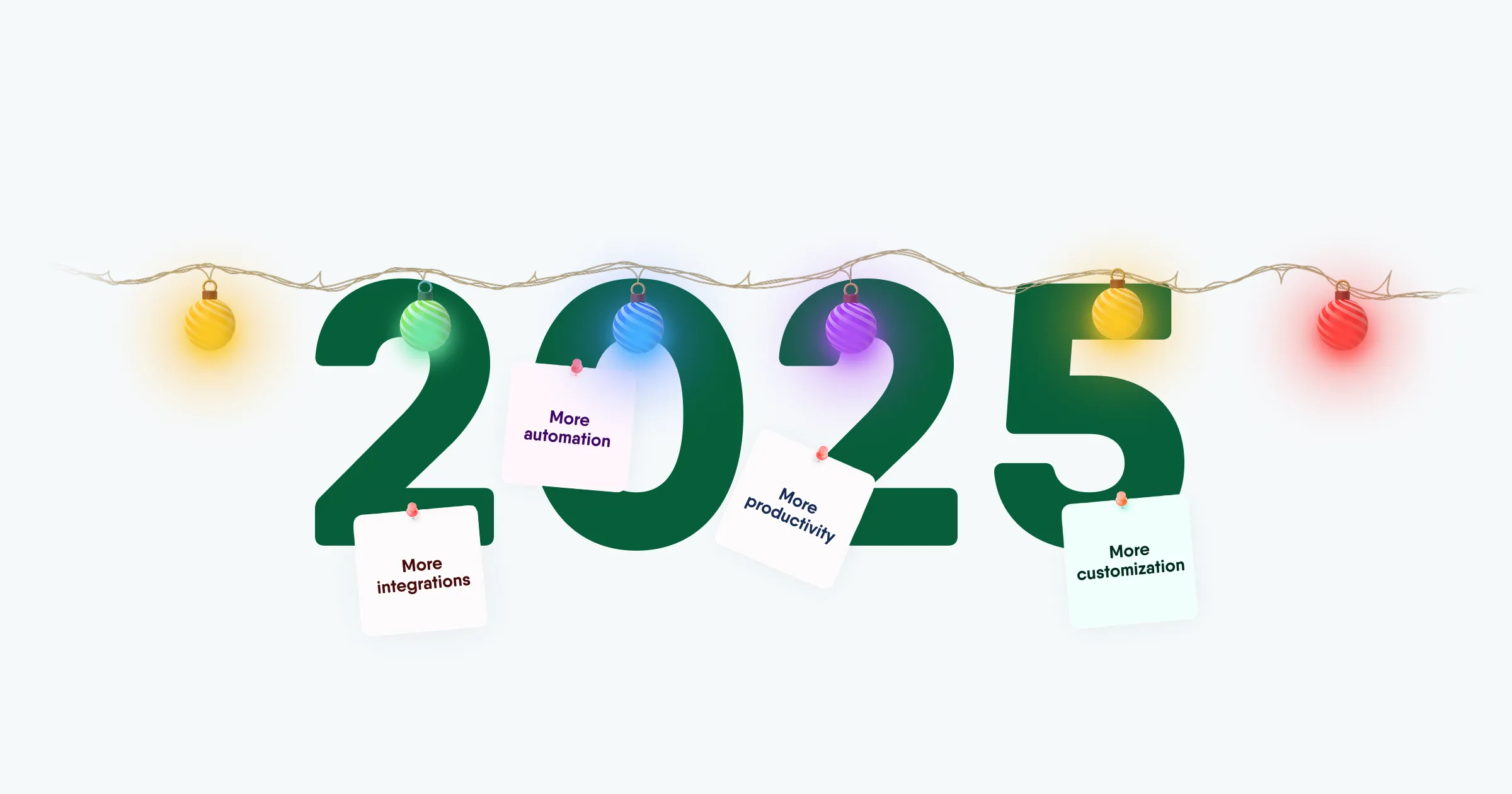Transferable skills
What are transferable skills?
What are transferable skills?
Transferable skills are abilities that aren't tied to a single profession, position, or industry but can be applied across different professional contexts and life situations. We can use them “anytime, anywhere” – whether we're starting our careers, changing jobs, or completely switching industries.
In HR practice, transferable skills serve as an important reference point when evaluating an employee's development potential. They help predict how well someone will handle new challenges and how flexibly they can advance their career. They also support adaptation to market changes, taking on new roles, and effective collaboration in diverse teams.
Types of transferable skills
Transferable skills can be classified in many ways. Education emphasizes their importance in the learning process, business focuses on career development and professional mobility, and HR highlights their role in talent management and succession planning.
💡 UNICEF identifies 12 transferable skills grouped into four learning dimensions:
- Cognitive (creativity, critical thinking, problem-solving);
- Instrumental (collaboration, negotiation, decision-making);
- Individual (self-regulation, resilience, communication);
- Social (respect for diversity, empathy, participation).
This model emphasizes the educational dimension – these competencies should be developed from childhood. They enable young people to transition smoothly from education to professional work and function effectively in society.
💡 Based on research among students, graduates, and local employers, the University of Manchester identifies five categories of skills useful in professional careers:
- Curiosity and creativity (analysis, innovation, initiative, critical thinking);
- Collaboration and communication (leadership, teamwork, negotiation, networking);
- Proactivity and resilience (adaptability, confidence, time management, stress tolerance);
- Responsibility and mindfulness (business awareness, emotional intelligence, professionalism, social responsibility);
- Agility and digital skills (mathematical skills, entrepreneurship, learning, and flexible project management).
This approach reflects real job market expectations and employer needs.
💡 The Organisation for Economic Co-operation and Development (OECD) in “Future of Education and Skills 2030/2040” groups competencies into three broad areas:
- Cognitive (analysis, critical thinking, problem-solving, creativity);
- Social-emotional (collaboration, communication, empathy, resilience);
- Practical (digital skills, entrepreneurship, project management).
This model emphasizes the importance of competencies in educating future generations of workers.
💡 The World Economic Forum in its “Future of Jobs Report” analysis focuses on the most sought-after skills for the future, including:
- Complex problem-solving (critical thinking, analysis);
- Innovation and initiative (creativity, lifelong learning);
- Working with others (leadership, collaboration, influencing others);
- Self-management (resilience, flexibility, stress management).
This classification refers to competencies that will help companies maintain competitiveness in the era of automation and AI.
💡 The European Commission, as part of the European Skills, Competences, Qualifications and Occupations (ESCO) classification, uses the term “transversal skills”. At the first level, it identifies six categories:
- Core competencies – e.g., reading comprehension, numeracy, and foreign language proficiency, which form the foundation for further development;
- Cognitive – ability for critical thinking, problem analysis, and learning new content;
- Self-management related – work organization skills, stress management, priority setting;
- Social and communicative – teamwork, active listening, negotiation and conflict resolution skills;
- Physical and manual – motor coordination, manual dexterity, physical endurance, useful not only in physical work but also in technical professions;
- Life skills – e.g., personal financial management, health awareness, and basic digital skills.
The complete framework is developed across additional classification levels: 4 clusters (level 2) and 96 detailed competencies (level 3), allowing for very precise mapping of employee skills and matching them to job market needs.
Comparing these approaches shows that transferable skills aren't limited to traditional “soft skills”. They also include digital, entrepreneurial, organizational, and business capabilities that directly impact employability, talent mobility, and long-term development in modern organizations.
Why are transferable skills important for the organization?
Transferable skills are increasingly becoming a criterion for candidate evaluation and employee development. This happens because they're a resource from which organizations can derive numerous benefits:
- Resource allocation optimization – Employees' broad competencies enable smooth personnel transitions and faster responses to changing business needs without requiring external resources.
- Operational cost reduction – Internal mobility reduces expenses related to recruitment, onboarding, and the time needed to achieve full productivity.
- Shorter onboarding process – Employees with a broad range of skills adapt more quickly to new tasks and responsibilities.
- Enhanced business continuity – Organizations with teams having diverse competencies are more resilient to the effects of turnover or staffing shortages.
- Innovation development – Interdisciplinary teams combine different perspectives, fostering new solutions and process improvements.
- More effective succession planning – A broader range of competencies increases the pool of potential successors for key positions and reduces the risk of competency gaps.
- Higher retention – Employees who can utilize and develop competencies across various areas are less likely to seek new challenges outside the organization.
- More efficient reskilling – The retraining process can build on existing skills, shortening time and increasing learning effectiveness.
- Stronger employer branding – Investing in transferable skill development builds the company's image as an employer that supports growth.
- Diverse career paths – Universal competencies allow employees to develop in different directions based on business needs and personal aspirations. This gives organizations greater flexibility in role assignments and building agile teams.
How do transferable skills shape employee experiences?
Transferable skills directly influence how employees perceive their careers and development within the organization. People who develop these skills:
- Adapt more quickly to new roles and tasks, reducing stress associated with position changes.
- Gain greater confidence because they know their competencies can be applied in many professional contexts.
- View their careers as more flexible and are open to various development scenarios.
- Are more willing to engage in development initiatives and cross-departmental projects, seeing them as opportunities to expand their skill repertoire.
- Feel more empowered and engaged, leading to higher motivation and job satisfaction.
Let's look at some examples:
Outcome | How it works in practice |
|---|---|
Easier adaptation | A sales specialist with customer service experience has developed communication and negotiation competencies. This helps them quickly find their footing as a sales representative and easily conduct business conversations. |
Greater confidence | An analyst who's proficient with Excel and reporting tools takes on preparing presentations for management. They know that their data analysis skills in various formats will help them prepare results well, despite this being a new task. |
Open career approach | An office assistant who developed organizational skills transitions to the payroll and benefits department. Thanks to experience in document management and employee communication, they smoothly begin work in the new department. |
Engagement in development initiatives | An IT engineer with good presentation skills volunteers to conduct internal training on new system operations. They leverage their public speaking skills and ability to explain complex concepts in simple terms. |
Greater empowerment | A production engineer, using observation and collaboration skills, proposes a minor process change that reduces assembly time by several minutes at each stage. |
How to use HR platforms to manage transferable skills?
Modern HR platforms support transferable skill development through various features, such as:
- Competency profiles – helping map skills required for positions and enabling comparison with employees' actual potential.
- 360° reviews and feedback – providing a fuller picture of strengths and development areas from supervisors' and colleagues' perspectives.
- Individual development plans – facilitating development step planning and indicating which competencies are worth strengthening first.
- HR reports and analytics – allowing HR teams to identify talent ready for new roles and make data-driven decisions.
- Onboarding automation – enabling delivery of essential materials and training to new employees from their first days of work.
- Employee surveys – helping assess morale and engagement so development activities can be better aligned with the team's actual needs.
Using these features in daily HR processes ensures that developing transferable skills becomes integrated into the organization's work rhythm.
Summary
Artificial intelligence is automating many hard skills, and organizations that focus exclusively on them lose flexibility and competitiveness. That's why HR should pay increasing attention to transferable skills. By developing them through talent programs and succession planning, companies better respond to business needs. At the same time, they support employees in discovering their own potential, which strengthens motivation and creates a more positive workplace experience.

